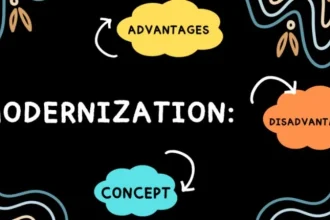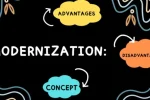This concept is closely bound to innovation in absorbing sound, personalised listening and interactive technology that adapts to the individual’s preferences and environment. Given that the demand for personalised digital experiences is still growing, Audio de Visualização Única is increasingly discussed as another significant development in how we consume music, entertainment, and sound scenes.
Understanding the concept of Audio de Visualização Única
At its core is Audio de Visualização Unica to create a unique listening experience for each user. Unlike traditional sound formats that give the same output to each listener, this approach adapts to personal settings, contexts, or even emotions.
The role of technology in shaping unique audio experiences
The rise of the Audio de Visualização Unica is bound directly to progress in artificial intelligence, spatial sound, and adaptive sound engineering. The AI-controlled audio processing allows music platforms, applications, and devices to learn from users’ preferences and provide adapted sound. Spatial sound systems provide depth and layering, allowing listeners to feel as if they were inside the sound, rather than just hearing it.
In addition, visualisation tools are increasingly integrating into sound systems. This is evident in the heads of AR, absorbing theatre sets and game platforms where the sound is not heard but also observed in dynamic and interactive ways. These innovations make the idea of a unique and personalised audiovisual environment more practical than ever.
Audio de Visualização Unica in Entertainment
The entertainment industry is one of the greatest adopters of this concept. Streaming platforms, virtual concerts, and absorbing games are areas where Audio de Visualização Única can significantly increase the user experience.
When playing games, they create adaptive soundtracks that change depending on the player’s events, creating a personalised atmosphere, so each session feels unique.
Educational and professional use of unique sound visualization
In addition to entertainment, the audio de visualização única has practical applications in education and the professional field. In classes, personalized sound can help students with different learning styles absorb information more efficiently. . In professional design and engineering, unique visualization of sound helps in sound data analysis in ways that were not previously possible.
Cultural and artistic dimension of audio
This transforms the sound into a living, developing medium that adapts to context and audience.
Cultural events and installations are also beginning to include this technology.
Challenges and Reduction of Unique Sound Systems
Despite its potential, there are challenges in the introduction of Audio de Visualização Única into normal use. High development costs, the need for advanced hardware, and the complexity of adaptive sound design are barriers for many creators and platforms.
In addition, there are questions about. Since personalisation is the core of this concept, it is difficult to ensure quality and consistency across devices and platforms.
Future Audio de Visualização Unica
We are looking forward to growing Audio de Visualização Unica, which seems to be inevitable because technology is becoming more integrated into everyday life. With the rise of intelligent devices, widespread reality, and personalisation controlled by AI, the boundaries between sound and visual experiences will continue to blur.
We can expect to see more applications in home entertainment, the work environment, and even public infrastructure.
Conclusion
The Audio de Visualização Unica is a revolutionary shift in how we perceive and involve sound. By merging personalisation, visualisation, and adaptability, it transforms the sound into a dynamic experience adapted to each individual. While challenges remain in terms of cost, availability, and privacy, the potential of this innovation is huge.
Frequent
What does ‘Áudio de Visualização Única’ mean?
As it differs from traditional sound
Unlike the traditional sound that is static, the Audio de Visualização Unica adapts to the preferences, environment, or context of the listener, making each experience unique.









